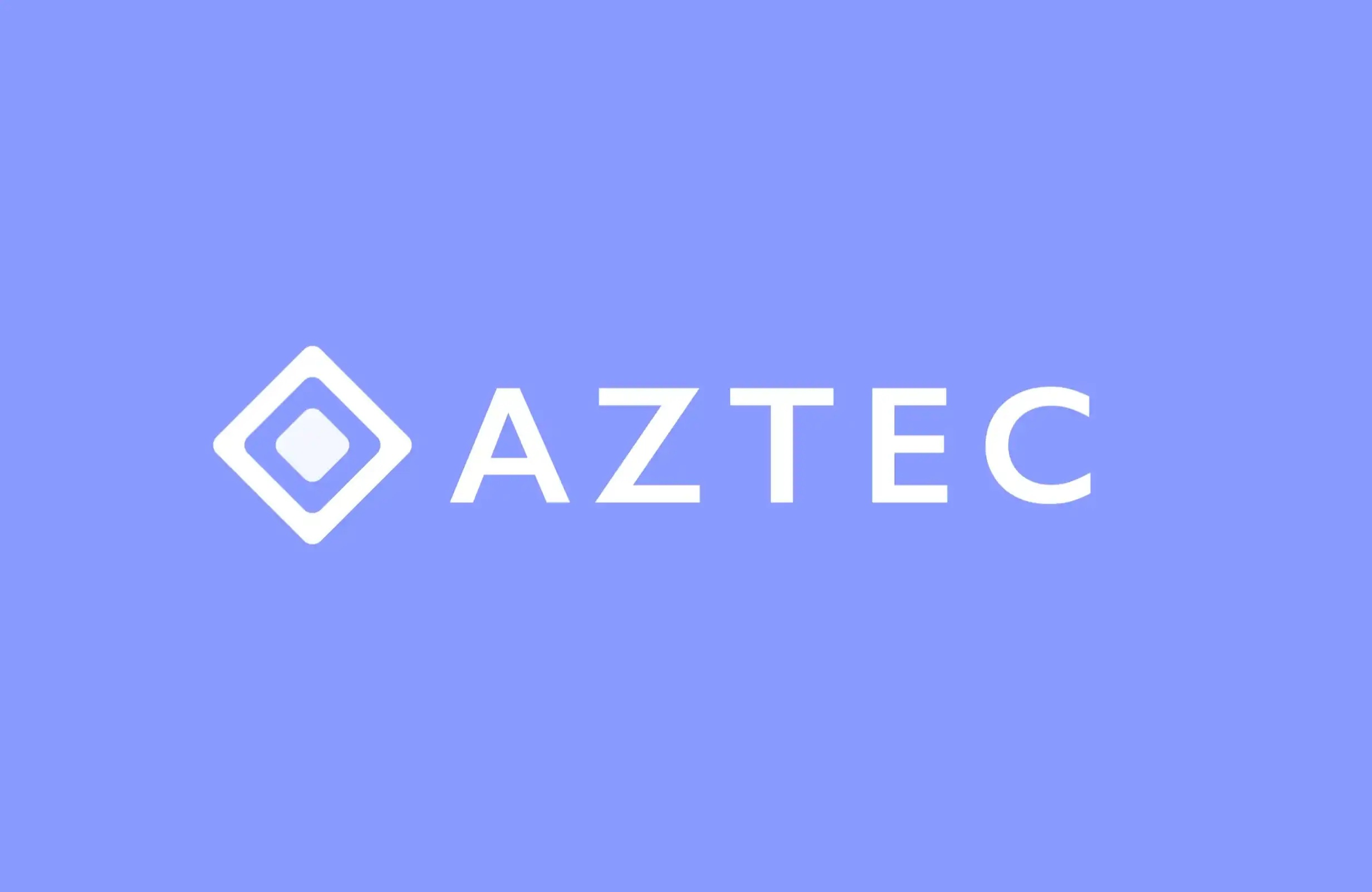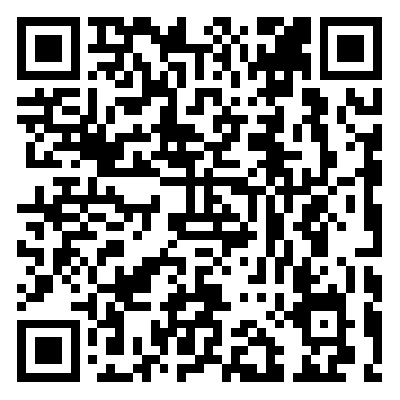The Leading Stablecoin Issuer Circle Releases Q3 Financial Report: What are the Key Highlights?
Original Article Title: "Circle Q3 Report Card: Playing Chess for the Next Move?"
Original Article Author: KarenZ, Foresight News
Last night, the leading stablecoin issuer Circle released its third-quarter financial report, delivering impressive results and making significant strides in ecosystem development. At the same time, Circle revealed its progress in building the Arc Network and CPN payment network.
Here are some key highlights from this financial report:
1. USDC Supply: 108% Year-over-Year Growth
By the end of the third quarter, USDC's circulation reached $73.7 billion, a remarkable 108% year-over-year growth, reflecting the overall expansion of the stablecoin market.
Simultaneously, USDC's market share has reached 29%, a 643 basis point increase compared to the same period last year. Among many stablecoin competitors, USDC has become a key player second only to USDT. This increase in market share indicates a continuous rise in user trust in USDC.
2. Net Profit: $214 Million, 202% Year-over-Year Growth
This directly drove a significant increase in the company's total revenue and reserve interest income, reaching $7.4 billion, a 66% year-over-year growth. Of this, reserve interest income contributed $7.11 billion, a 60% year-over-year growth, becoming a core revenue pillar, largely due to the increase in USDC circulation.
Of particular note is the performance on the profit side. Circle achieved a net profit of $214 million in the third quarter, a 202% year-over-year growth. This high growth is partly due to the expansion of the business scale and also includes tax benefits and the decrease in the fair value of convertible bonds.
While other income is relatively small in scale, its growth is impressive, reaching $28.518 million, a more than 50x increase from the same period last year, mainly driven by robust growth in subscription services and transaction revenue.
3. Arc Network: Circle is Exploring the Possibility of Launching a Native Token on Arc
Circle has indicated that it is exploring the possibility of issuing a native token on the Arc Network. Circle launched the Arc public chain testnet on October 28, attracting participation from over 100 companies. These participants span institutions from various sectors such as banking, payments, capital markets, asset management companies, technology, and different segments of the digital asset ecosystem.
Circle hopes that the Arc token can drive network adoption, further aligning the interests of Arc stakeholders.
IV. CPN Payment Network: Annualized Transaction Volume Reaches $34 Billion
Since its launch at the end of May this year, 29 financial institutions have joined Circle's payment network, the Circle Payments Network (CPN), with another 55 in the process of approval and 500 more preparing to join. Currently, CPN supports fund flows in 8 countries.
Based on a 30-day rolling transaction volume as of November 7th, CPN's annualized transaction volume could reach $34 billion, demonstrating strong institutional demand.
In addition, Circle has established new partnerships with companies such as Brex, Deutsche Börse Group, Finastra, Fireblocks, Hyperliquid, Kraken, Unibanco Itaú, and Visa, further enhancing USDC's position in global payments and financial infrastructure.
V. USYC Tokenized Currency Market Fund: Reaches $1 Billion in Size
Circle's USYC tokenized currency market fund has also shown outstanding performance, growing over 200% from June 30, 2025, to November 8, 2025, reaching approximately $1 billion. This reflects the potential of combining digital assets with traditional finance.
VI. Fiscal Year 2025 Outlook
Building on a strong Q3 performance and market demand growth, Circle has raised its other revenue expectations from the original $75-85 million to $90-100 million, mainly driven by continued growth in subscription services and transaction revenue; RLDC profit margin expectations will reach 38% ("revenue - distribution costs" / revenue), at the upper end of the previous guidance range; adjusted operating expense expectations have been raised to $495-510 million, indicating that Circle is increasing its investments.
How to Interpret Circle's Latest Financial Report?
This financial report demonstrates Circle's strong position in the stablecoin field and the initial results of its diversification efforts. This growth is not a singular breakthrough but progress on multiple dimensions simultaneously, with increases in supply, revenue, profit, and market share.
The "Other Revenue" category, although small in its base, has shown astonishing growth. The growth in subscription services and transaction revenue suggests that Circle is attempting to break away from a "single-interest reliance," with early signs of revenue diversification emerging.
Equally noteworthy is that this year marks a key milestone in the Circle ecosystem. The launch of the Arc public chain testnet and the scaled expansion of the Payment Network (CPN) reflect Circle's significant transformation—from a mere stablecoin issuer to gradually evolving into a platform company providing comprehensive financial infrastructure. The steady growth in USDC's scale has laid the foundation for this evolution, while the development of the Arc ecosystem and CPN payment network has opened up even greater possibilities for the future. Coupled with the compliance dividend following the enactment of the U.S. "GENIUS Act," the entry of traditional financial institutions is becoming the new engine driving USDC's circulation growth.
However, this financial report also exposes the potential challenges that Circle must confront in its development.
Despite the rapid growth in "Other Revenue," the proportion of reserve interest income to total revenue still remains close to 96%. The company's income is highly dependent on interest income generated from USDC reserve assets. This single revenue structure makes it highly sensitive to interest rate environments. If market interest rates enter a downward cycle in the future, the growth of reserve interest income will come under direct pressure, subsequently affecting the overall profitability. Currently, "Other Revenue" accounts for less than 4%, and has not yet formed an independent profit pillar to support performance. The transformation towards revenue diversification still requires time.
A careful review of the financial report reveals that out of the $2.14 billion net profit in Q3, $61 million consists of a tax benefit (non-recurring) and $48 million is from the fair value decline gain on convertible debt (non-recurring), with these two items combined accounting for half of the net profit. Excluding these non-operating incomes, the actual operating profit would see a significant decline.
Furthermore, cost pressures are also diluting profits noticeably. Distribution, transaction, and other costs amounted to $4.48 billion, a 74% year-on-year increase, with costs growing faster than revenue. High costs directly squeeze profit margins. Although net profit has seen substantial growth, the improvement in profit margins needs to better match the revenue growth rate. From a business logic perspective, these costs are closely related to factors such as partner revenue sharing, making it difficult to quickly reduce them in the short term, thus becoming a key factor constraining profit realization.
At the same time, Arc is currently only in the testnet stage. Whether it can truly attract enough developers and users to drive the formation of an active ecosystem still needs time to validate.
Overall, this financial report showcases the typical features of a rapidly growing enterprise: a mix of opportunities and challenges, impressive short-term results, with long-term success depending on strategic execution and risk management capabilities. With the acceleration of the integration between crypto assets and traditional finance, along with the ongoing global demand for digital dollars, Circle's story is just beginning.
Welcome to join the official BlockBeats community:
Telegram Subscription Group: https://t.me/theblockbeats
Telegram Discussion Group: https://t.me/BlockBeats_App
Official Twitter Account: https://twitter.com/BlockBeatsAsia


 Forum
Forum Finance
Finance
 Specials
Specials
 On-chain Eco
On-chain Eco
 Entry
Entry
 Podcasts
Podcasts
 Activities
Activities
 OPRR
OPRR









